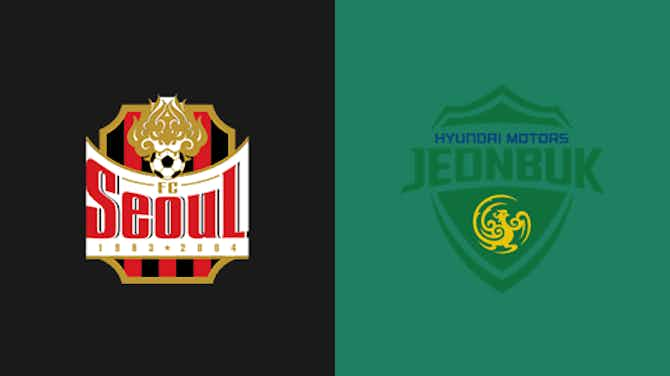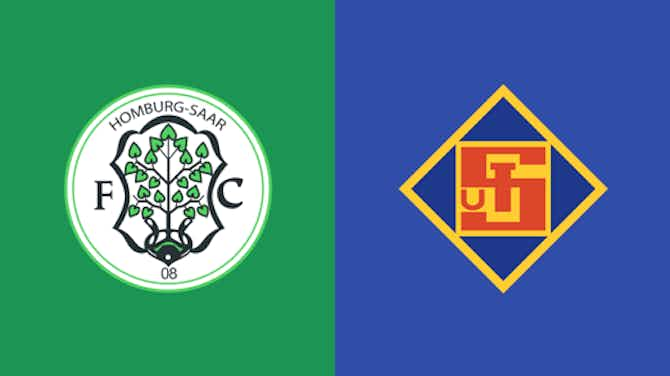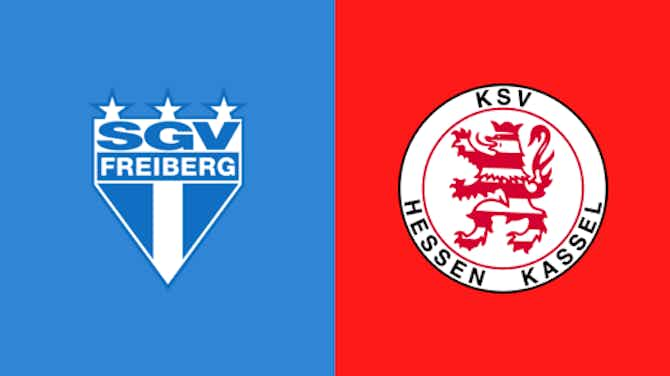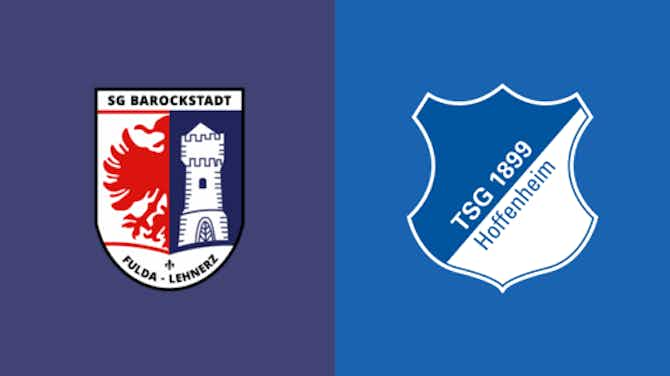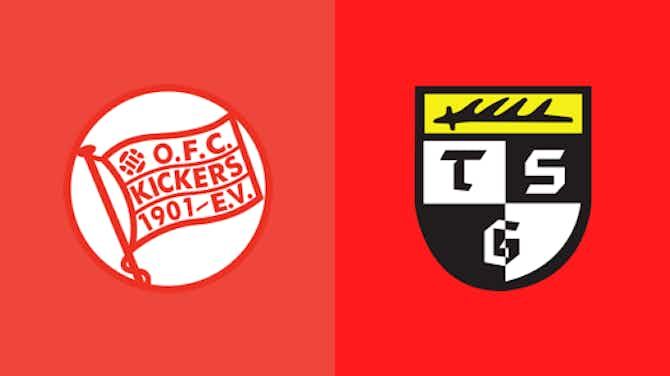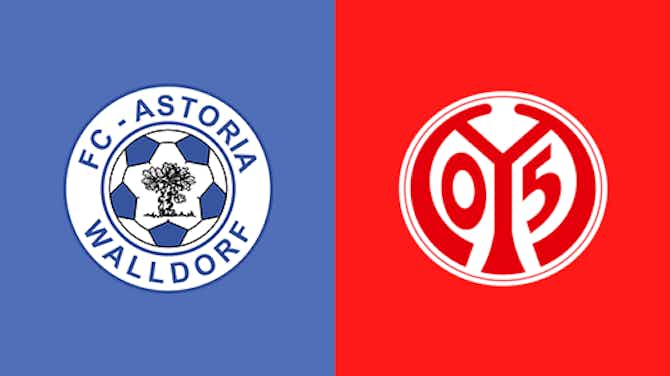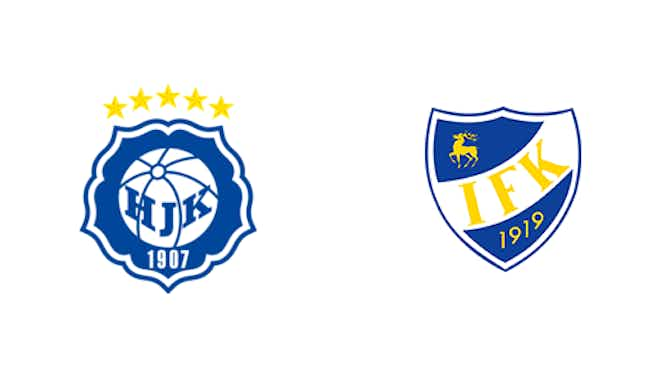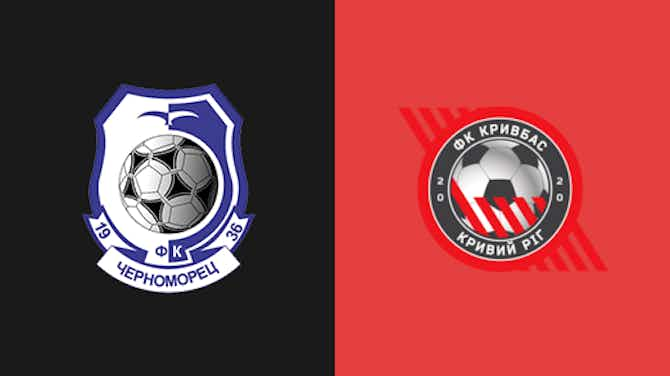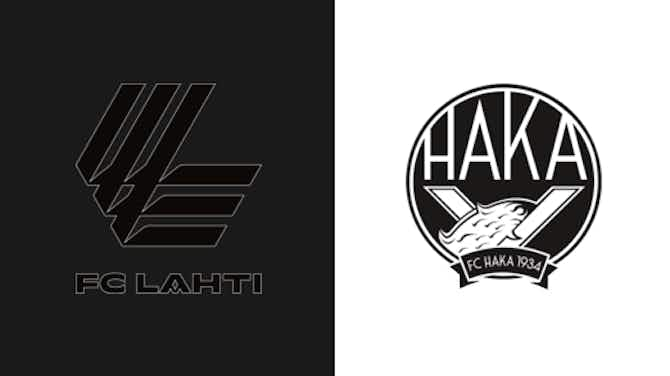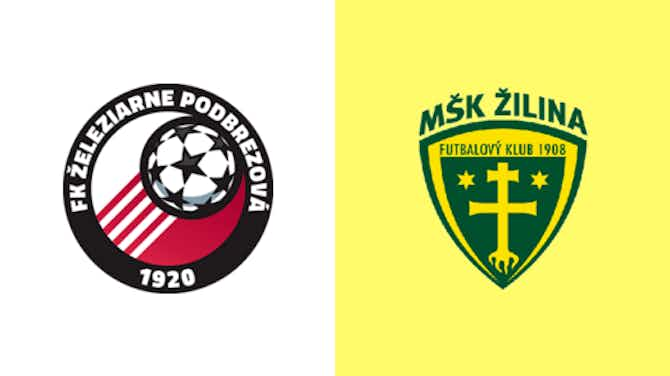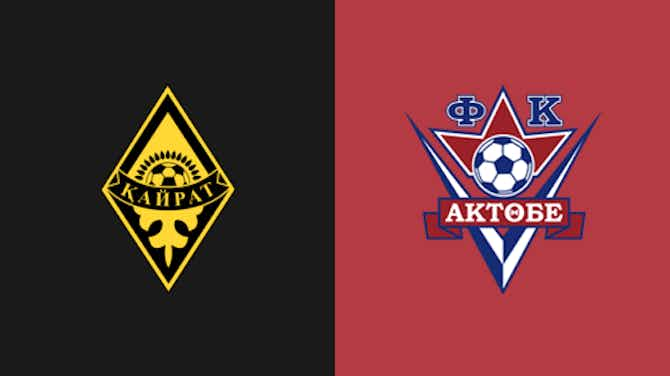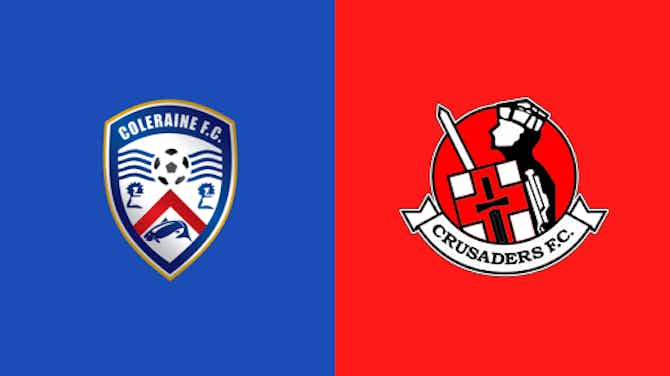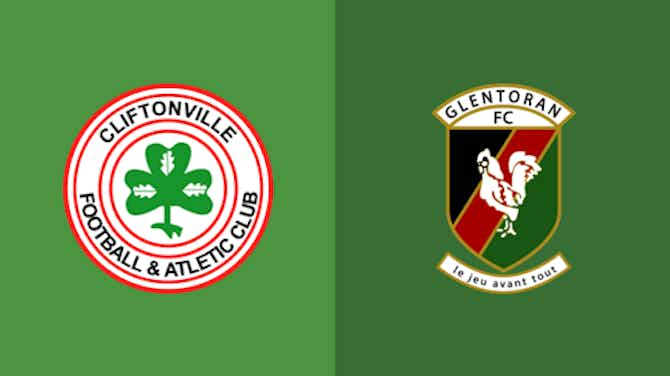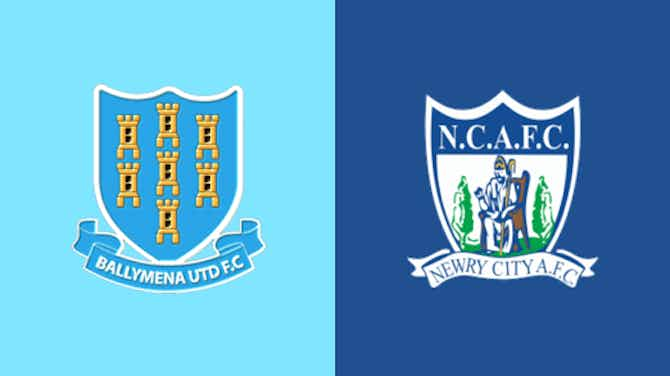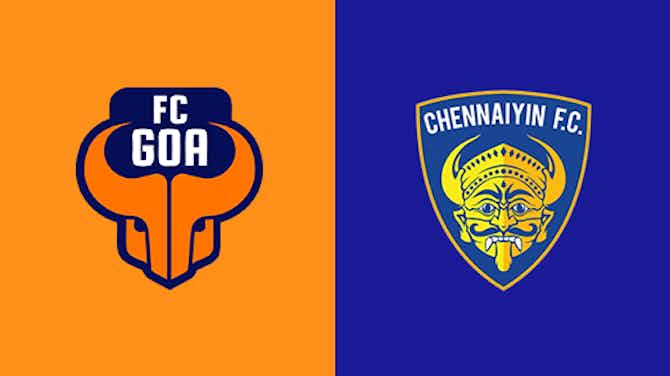OneFootball
Dan Burke·9 March 2018
Cúles, Merengues, Colchoneros: Every LaLiga nickname explained

OneFootball
Dan Burke·9 March 2018

Have you ever wondered about the etymology of some of the strange and wonderful nicknames given to Spain’s top football clubs?
Well wonder no more, because we’re here to give you the history lesson they won’t teach you in school. No need to thank us.
Deportivo Alavés – ‘Babazorros’
This nickname comes straight from the Basqué language. “Baba” is a reference to fava beans and zorro means “sack” so – in what must be a reference to the large amount of favas produced in the province Alava back in the day, Alavés are quite literally the “beanbags”.
Athletic Club – ‘Leones’

Mamés – from whom Athletic take the name of their home – was a religious martyr born in the third century in Caesarea de Cappadocia in present-day Turkey. The Romans – who killed a lot of Christians back in those days – took him to the circus and tried to feed him to the lions but instead of devouring him as planned, they instead lay at his feet. He was eventually killed by a soldier anyway, but ended up being made a saint and Athletic’s players are said to be the modern day representations of those lions.
Atlético – ‘Colchoneros’
In Spanish, “Colchoneros” means “mattressmakers” and Atleti have this strange pseudonym because back in the post-civil war era, mattresses were covered in red and white striped material. Yep, that’s genuinely it.
Celta de Vigo – ‘Olívicos’
The Galician city of Vigo is historically known as the ‘city of the olive’ due to an olive tree which was planted by the knight-monks of the Templar as a symbol of peace and harmony in the atrium of the church of the Colegiata de Santa Maria.
Deportivo de La Coruña – ‘Turcos’

Galicia’s other big club have a curious nom de plume of their own, and it all began as an intended insult. Many years ago, Vigo fans began calling their local rivals “Turks” as jibe at fewer of their supporters supposedly being native to the city. Coruña fans eventually took the dig in their stride and even began flying Turkish flags at matches.
Eibar – ‘Armeros’
Eibar’s nickname is a pretty simple one to work out. “Armeros” means “gunsmiths” and is a reference to the fact the towns of Gipuzkoa and Vizcaya began producing huge quantities arms in the early 20th century. Production finally ceased in 1997 but the region still bears a faint scent of metal to this day.
Espanyol – ‘Periquitos’
As LaLiga nicknames go, the ‘parakeets’ is one of the strangest and relates to Espanyol’s move to a new stadium back in 1923. According to legend, the trees around the Estadio de Sarriá – which was the club’s home until 1997 – were full of colourful birds and thus, a nickname was born.
Barcelona – ‘Cúles’

This one might be the most amusing of them all. In the early 20th century, Barça played their home games at a much smaller stadium than Camp Nou – so small was it, in fact, that many of their fans were unable to get in and had to sit on walls surrounding the stadium. ‘Cúles’ means those who show their backsides and the club earned this nickname because that was the first thing people saw when they were passing the stadium!
Getafe – ‘Azulones’
There’s not much nuance in El Geta’s nickname, sadly. “Azulones” means The Deep Blues and you can probably work that one out for yourself.
Girona – ‘Blanquivermell’
Same goes for this season’s Primera División newcomers Girona, whose nickname means ‘White and Reds’. Boooooring.
Las Palmas – ‘Pio-pio’
Now we’re talking. This one derives from a famous Las Palmas fan called Fernando ‘El Bandera’ Gonzalez who started making canary noises during a game against Tenerife in the 1980s. ‘Pio-pio’ is the onomatopoeic version of the birdsong of a canary and the name has stuck ever since.
Leganés – ‘Pepineros’

This name refers to the days Leganés was an agricultural village whose most popular export was the cucumber. Thus, the football club are naturally known as ‘Los Pepineros’ – The Cucumber Growers.
Levante – ‘Granotas’
Granota means ‘frog’ in Spanish and refers to the 1939 union of two clubs – Levante FC and Gimnástico FC – which became UD Levante. Gimnástico played their matches on a pitch next to a river bed inhabited by a large number of frogs and thus, the new club became known as ‘The Frogs’. What a ribbeting fact!
Málaga – ‘Los Boquerones’
If you’re a fan of anchovies, Málaga is the place for you. The Costa del Sol result has become famous for its small fish – or, in Spanish, ‘boquerones’ – and the locals wear the nickname with pride.
Real Betis – ‘Heliopolitans’
Betis are a club with numerous nicknames and ‘Heliopolitans’ is perhaps the most curious of them all. It originates from the fact the club’s stadium – Benito Villamarín – is located in the Sevillian district of Heliopolis, which is Greek for ‘City of the Sun’.
Real Madrid – ‘Meringues’

Madrid might be best known as Los Blancos globally but locally they have a different name, and it was the invention of journalist Matís Prats Cañete who, in his radio broadcasts, compared the colour of the club’s strip to the popular dessert meringue. You can understand why it hasn’t ever quite caught on with the club’s worldwide fanbase.
Real Sociedad – ‘Txuri-urdinak’
This one is pretty straightforward, especially if you’re fluent in the Euskera language. “Txuri-urdin” means blue and white which is, of course, the famous colours of La Real.
Sevilla – ‘Palanganas’
Now this is a weird one. Back at the beginning of Sevilla’s history, the controversial signing of a promising young player from a working class background caused a split among the club’s hierarchy and a number of directors decided to step down. But not before leaving, as a parting gift to those that remained, a white basin (“palangana” in Spanish) decorated with a red stripe and a note which read: “Here we leave you this basin as a farewell which, for life, you will use to collect shed tears; not for your failures, but for our successes, because, henceforth, you will be more aware of those than your own reality.” Ouch.
Valencia – ‘Che’
In the Valencian style of speaking, “che” is the equivalent of saying “hey” and ‘Levantinos’ – people from the east coast of Spain – are easily identifiable throughout the rest of the country by this little quirk of their speech. Villarreal – ‘The Yellow Submarine’
The year was 1967 and Villarreal – who, of course, play in yellow – had been promoted to Spain’s third división at the same time a cover version of a Beatles song by a group called Los Mustangs was huge in the nation. The rest, as they say, is history.
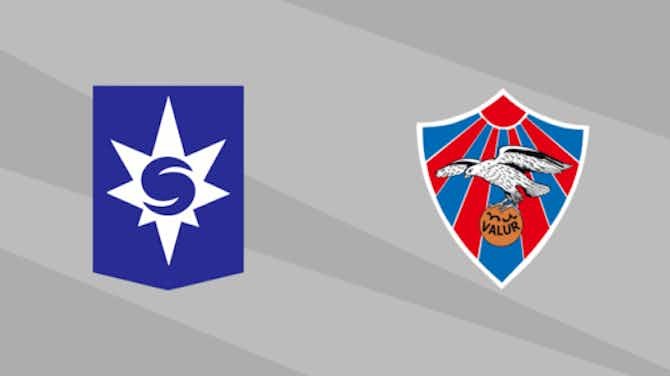

Live


